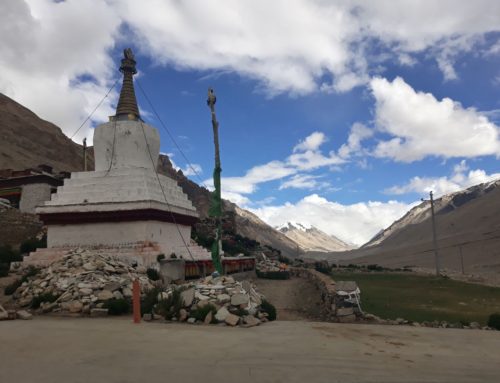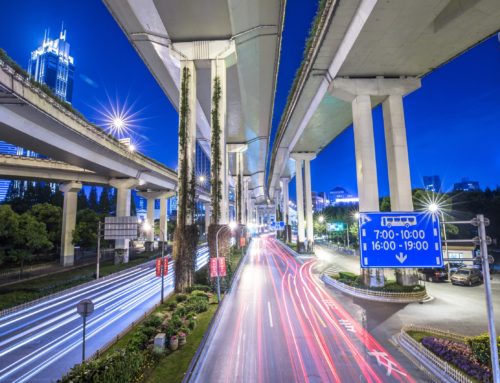For my article about general transportation in China click here.
I find the train system to be the easiest and most reliable way to get around. During my travels I have spent an insane amount of time on all variants of Chinese trains and covered some ridiculous distances.
This article will detail what to expect and how to get through the system easily if, like me, you cannot speak or read Mandarin.

Finding your Route
You can find the train times for any route on trip.com but it will not show connections on the webpage (the mobile app shows connections well). There are other platforms out there that can help you to find which trains you will need to take between locations and what times they are available. I have attempted to detail as much of this logistical information as I can in my other articles.
Booking your Ticket
There are two ways to book tickets for trains in China. You must always have your passport with you to purchase any train ticket
The first is to go to the station and queue up at the manned counter. This is the cheapest option but you have two issues. First off the tickets may have sold out, which happens a lot. Around peak travel periods like Chinese New Year and Golden Week this is practically guaranteed. Then there are the likely language barrier issues as many staff will only speak Mandarin.
The more reliable method in my opinion is to book your tickets online ahead of time using trip.com or an equivalent platform. You can book a train any time from months ahead until 1 hour before departure but there will likely be a service fee. An email with a reservation code will be sent to you which you then take to any station. Present the code to the member of staff at the manned ticket counter along with your passport in exchange for the ticket. I almost always use this method and accept the service fee.
Pro tip: the service fee depends on the currency selected, for the same journey it might be £4, $4 or 20RMB. Always set it in RMB.
Getting Through the Stations
Train stations in China tend to be huge but normally follow the same basic layout. You can only enter the station with a valid ticket and ID. There will be a ticket office to one side of the entrance or signed clearly, usually in English. Sometimes there is also a security check at the entrance of the ticket office. Once inside you have to use the manned ticket counters to buy or collect your ticket as the self-service machines require a Chinese ID card. Expect long slow queues as most Chinese people only use these counters when there is a complicated request or a problem.
When you have your ticket you enter the station and find the manned checkpoint as again you need a Chinese ID card for the main barriers. Present your passport and ticket to the guard and go through security. I have written about what to expect from security here.
All of this can take a long time depending on queues. I always aim to arrive at the station an hour before my train or 30 minutes before if I already have the physical ticket. This sounds excessive (and often is) but I’ve still had a lot of close calls thanks to being stuck in the ticket queue.
Once you are inside you locate which platform or gate you will board at. This is always in English in the newer high-speed stations but not often in older ones. It may be written on your ticket (see below).
When your train is ready to board you pass the ticket through the barrier or present it to a member of staff who waves you through to the platform. Some barriers require an ID card to be scanned to pass at which point you must go to the manned barrier instead. Try to find the right area for your specified train car and wait for it to arrive. Keep hold of the ticket as you need to display it at your destination.
At high speed stations getting on the train is a relatively smooth process, for slow speed trains it is anything but! Once you are at the right part of the platform no advice will help, have fun!
If you are transfering trains then you follow the signs for transfer which normally aim you back up to the departure lounge. You then show both of your tickets to go back through the barriers to wait for your connection.
High Speed Trains - Speed 250 - 300km/hr
Japan may be world famous for its bullet trains, but the world seems to have missed their development in China over the last decade. For my money it is better quality, much better value and way more extensive. It can get you between most major cities and many major tourist attractions. The network is growing rapidly so I'm sure this map will soon be out of date.
Tickets for high speed trains are considerably more expensive than other forms of transport but are still exceptional value for money for travelling long distances.
There are 4 types of tickets:
• Business class (Chinese) - not available on all trains and I've never taken it, sorry
• 1st class (Chinese) - overpriced in my opinion, you get larger and more comfortable seats
• 2nd class (Chinese) - the standard seats that you will almost always get. Comfortable with plenty of space on overhead racks or at the ends of the cars for baggage. I always try to get these.
• Standing (Chinese) - either standing or sitting in the ends of the car or aisles. This isn’t always available and I would only recommend it for shorter trips. You must make sure you are well out of the way for station stops which can be tricky with large bags on all sides.
These trains run regularly on most routes throughout the day but are not available at night. On longer routes such as Urumqi to Lanzhou this may mean the last departure is late morning or early afternoon.
Slow Speed Trains - Speed 60 km/hr if you are lucky
The truly Chinese way of travelling; excellent value and will get you to a huge amount of the country. Any trip to China is likely to involve a large amount of time spent on these. I won't sugar coat it, they can be pretty dirty and they are always a chaotic affair but the system works well once you understand it and they are my default option for getting between towns.
Very little of the system is in English so make sure to familiarise yourself with the useful vocab (here) and be attentive for the name of your station and know how it is actually pronounced in Chinese, it is often not what foreigners expect.
Expect the Chinese locals on the train to have a lot of questions, no English, different sleeping habits and the most random conversations of your life. Also expect to drink much more baijiu than will ever be good for you!
There are 4 classes of ticket available:
• Soft sleeper – nicest sleeper compartments available, 4 beds to a cabin and a door on to the corridor. The beds are larger and there is a lot more headroom but these tickets sell out fast and are noticeably more expensive.
• Hard sleeper – cheapest reasonably comfortable sleeper option, 6 beds to a cabin and open on to the corridor. Not for everyone but I find them perfectly reasonable and a great way to cover long distances overnight. These are the most popular tickets and they always sell out the fastest so you may need to plan ahead.
• Hard seat – most basic transport available, over a hundred of seats to a car, never even close to enough space for luggage, extremely cheap. These are your cheapest simplest tickets and will get you anywhere in the country for amazingly little money. It will be a crazy noisy journey but it may also be the most entertaining of your trip. Expect to attract the carriage’s only English speaker like a moth to a flame and to be asked for lots of selfies. I cannot recommend doing a long hard seat journey if you value your back, the description is literal!
• Standing – cheapest option available and for good reason. Perch on your bag on the floor, be crowded into the area around the toilet or take the one free seat in the car before immediately giving it to an elderly local. Yes I have taken plenty of these. No I do not recommend it. The tickets are not sufficiently cheaper than a hard seat to ever be worth it unless they are the only tickets left.

Soft Sleeper Compartment

Hard Sleeper Compartment
My way of choosing which ticket
Short journies (0 – 240km): hard seat unless I have other plans for the day, then high-speed
Medium journies (240km – 600km): high-speed to get you there 5 times faster, hard sleeper next, hard seat if nothing available, standing if I really really must be on that train
Long journies (600km +): hard sleeper, high-speed, soft sleeper unless it is cheaper than high speed, hard seat if something has gone urgently wrong, standing if I want to end my trip immediately!
Missing your Train
This is much less of a problem in China than anywhere else I’ve travelled because of a very neat system they have in place. If you miss your train but make it to the ticket office within 30 minutes of the scheduled departure you can change your ticket for free. So don’t give up if you are running late, head to the desk and show them the ticket that you have missed.
In my experience the staff understand quickly what has happened and then you have a very challenging attempt to sort out a new ticket with the language barrier in full effect.
There is no guarantee to get you the same class of ticket but if there is a price difference in your favour you are refunded the difference. If the replacement you chose is more expensive you only have to pay that difference. You can choose not to take any of the options and should be able to get a full refund on your ticket.
Losing your ticket
If you are unlucky or careless enough to lose your ticket on the journey or before entering the station then there is also a system in place for you but it will not be fun without speaking Mandarin (or even if you do).
This has yet to happen to me as I generally only plan journeys one step at a time so I can be either flexible or lazy. If you decide to bulk order all your tickets and collect them all from the first station to minimise queuing then you are going to have to be careful!
My understanding is that you are forced to repurchase the ticket but can reclaim the additional money at your destination. I will update this if I get clearer information of if this happens to me.
Don’t lose your ticket!
Last Updated: November 2019
Sign up below for email notifications of my monthly updates, and for the best stories, guides and information from my travels.
Please help me keep this website as accurate and helpful as possible
One of the biggest problem I have found with online travel information is that it becomes obsolete very quickly. If you have read anything here that you think may be incorrect, incomplete or out of date then please send me a message using the Contact page or leave a comment below.
Also I would be delighted if anyone is able to send in further tips and logisitcal information that I can add to this page to make it as helpful as possible. Thanks everyone!







Leave A Comment